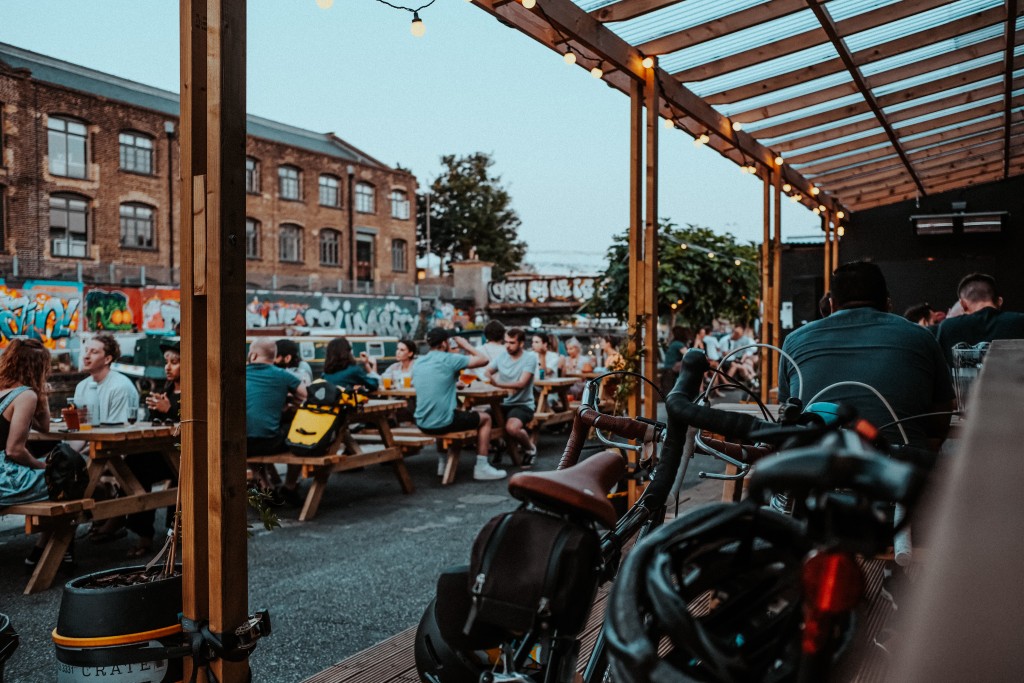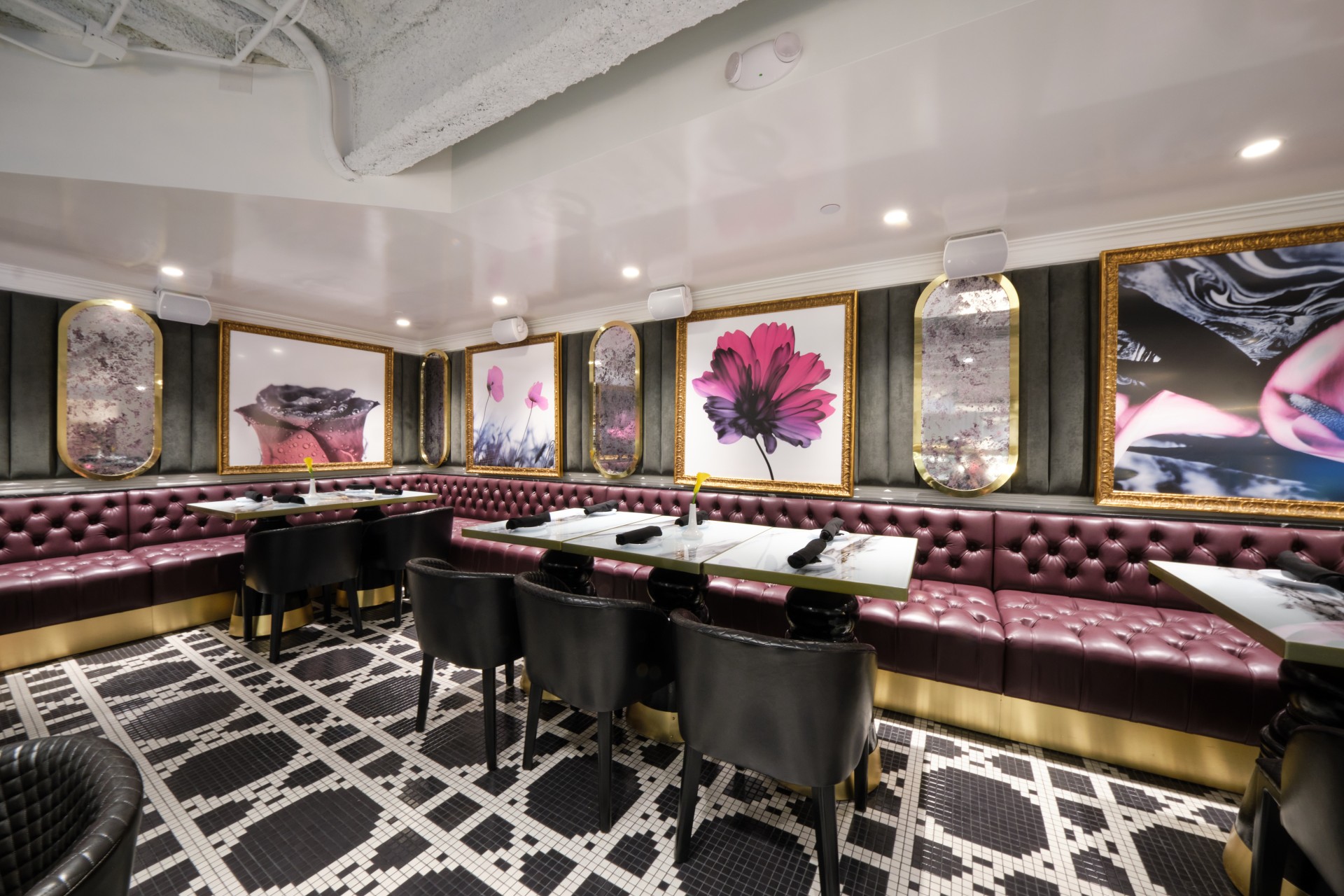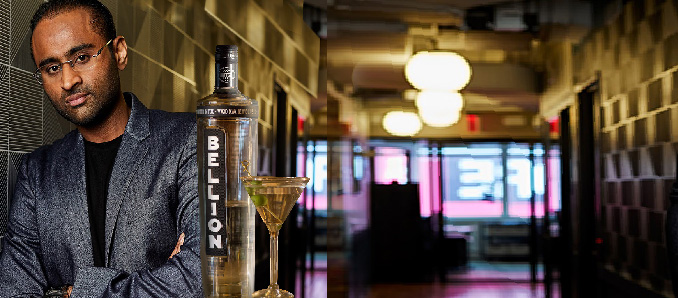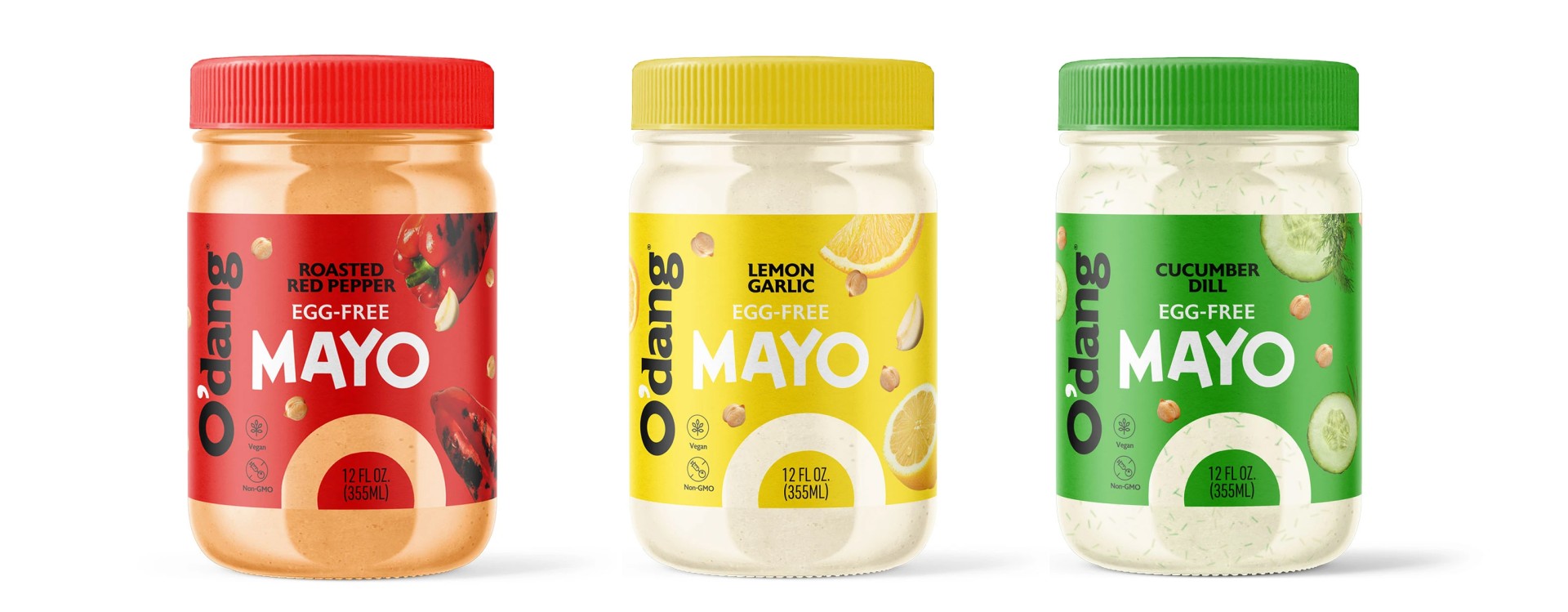Evolution of Breweries: Insights from Food & Beverage Magazine
Breweries have had an interesting evolution. As a result of the pandemic, more brewery owners and operators have shifted their operations to create spaces – beyond a simple tap room – that create a sense of space and place. Even if their customers were happy with approaching the counter before just to get a taste of the newly released draft, they know that to stay successful, like any business, they must evolve.
Outdoor Space is King
One of the biggest trends we’ve seen in brewery retail is the adoption of outdoor space. Beyond creating a place where people want to hang out for several hours, bring their families, their pets and chill, they also want to be entertained. We are seeing more brewery operators curate live music entertainment, DJ sets, and more. Breweries have now become full-time entertainment venues. The brewery is also cementing itself as a go-to option with less people crowding into indoor nightlife venues and seeking a haven to kick back.
Space Design
Another way we’ve seen the brewery evolve is a focus on the brewery’s retail footprint, separate of its manufacturing. Prior, brewery operators would have their facilities with their tap rooms in the same location as their manufacturing operations. We’re seeing less of this now and brewery operators are keeping their warehouse manufacturing facility and adding a more retail-focused location with merchandise as well, for example.
Key Operators
A few of the key successful operators we’ve seen include established brands adopting new outposts like Benny Boy Brewing which boasts a beer garden, pop-up food vendors daily, and live band karaoke, among its features. The venture was recently opened by Diego Torres-Palma, a real estate investor, who saw an opportunity to create the only brewery in Lincoln Heights. With 3,200 square feet (about the area of a tennis court) of indoor and outdoor space, the buildout restored the buildings’ 1920 truss ceiling, and the team smartly installed a 55-foot bar from reclaimed wood. The large outdoor area separates the two buildings with the cider and brewery with ample seating.
Another operator that is drawing attention is Highland Park Brewery in Chinatown. The brewery is focused on discovery and adventure with its menu that focuses on a range of hoppy beers, crisp lagers, and bold stouts – evidenced also on their range of cans like “Wowee,” “Baseball Lager,” “Ocean Pale Ale,” and “Hello LA.” The team is also focused on collaborations and merchandise for patrons.
No matter the size of the brewery, two key factors for successful operators is a quality product that keeps patrons coming back time and again and the ability for its patrons to kick back without a lot of fuss.
While we can never fully predict what will happen in the market, we know demand is strong for a sense of place in one’s neighborhood. As we continue to work with successful brewery operators, I’m excited to see how the next chapter will evolve – and kick back with my favorite IPA, The Nose Job from Boomtown Brewery. It just happens to be my current go-to.
Read Also: Eat to The Beat: The Power of Music in Restaurants & Bars
About the author:
Evan Jurgensen is the Senior Vice President at Lee & Associates Los Angeles – Downtown, a national commercial real estate brokerage. He has established himself as a top broker in the Los Angeles Central market, specializing in the brokerage of industrial and creative properties.
A native Angeleno, Evan graduated from the University of California at Santa Barbara with a Bachelor’s Degree in Business Economics and is a member of the American Industrial Real Estate Association (AIR).








